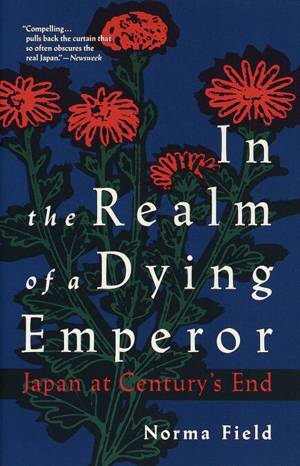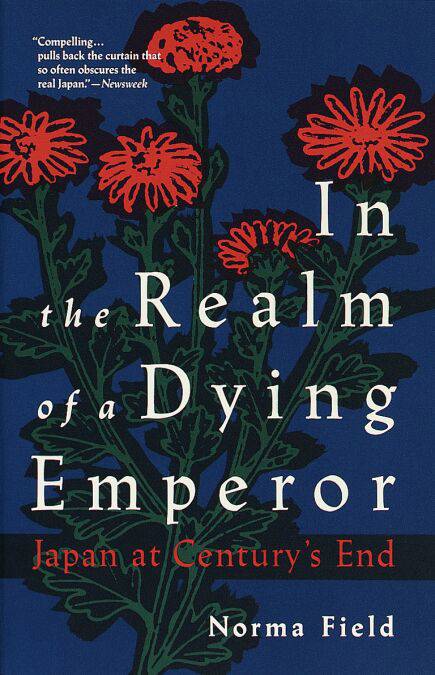
- Afhalen na 1 uur in een winkel met voorraad
- Gratis thuislevering in België vanaf € 30
- Ruim aanbod met 7 miljoen producten
- Afhalen na 1 uur in een winkel met voorraad
- Gratis thuislevering in België vanaf € 30
- Ruim aanbod met 7 miljoen producten
Zoeken
Omschrijving
When the Emperor Hirohito died in 1989, Japanese newspapers had to use a special, exalted word to refer to his death, and had to depict his life uncritically, as one beginning in turbulence but ending in magnificent accomplishment. To do otherwise would have exposed them to terrorism from the vigilant right wing. Yet this insightful book by a Japanese-American scholar who grew up in both cultures reveals the hidden fault lines in the realm of the dying emperor by telling the stories of three unlikely dissenters: a supermarket owner who burned the national flag; an aging widow who challenged the state's "deification" of fallen soldiers; and the mayor of Nagasaki, who risked his career and his life by suggesting that Hirohito bore some responsibility for World War II.
Specificaties
Betrokkenen
- Auteur(s):
- Uitgeverij:
Inhoud
- Aantal bladzijden:
- 304
- Taal:
- Engels
Eigenschappen
- Productcode (EAN):
- 9780307761002
- Verschijningsdatum:
- 8/02/2011
- Uitvoering:
- E-book
- Beveiligd met:
- Adobe DRM
- Formaat:
- ePub

Alleen bij Standaard Boekhandel
+ 5 punten op je klantenkaart van Standaard Boekhandel
Beoordelingen
We publiceren alleen reviews die voldoen aan de voorwaarden voor reviews. Bekijk onze voorwaarden voor reviews.








